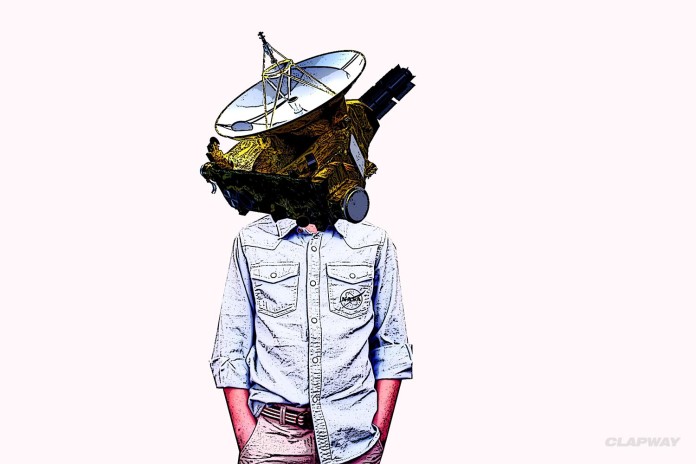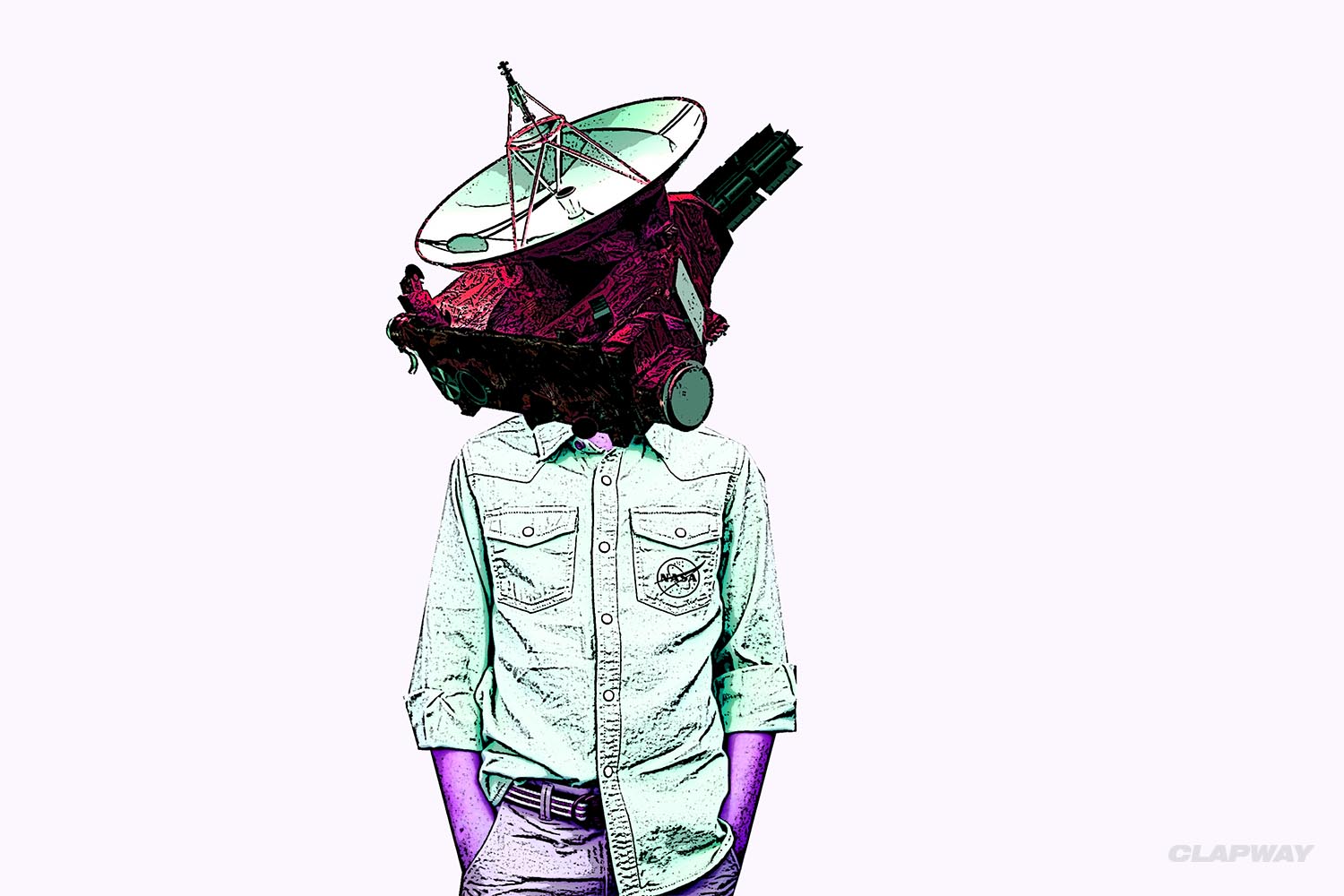
The New Horizons space probe is celebrating ten years in space, and as NASA’s pride and joy, it has given use the game-changing footage. The probe first took off from Florida on January 19, 2006.
New Horizons Celebrates Ten Years in Space
The space probe is the one to leave the Earth the fastest, and it has travelled the farthest. It took off aboard the Lockheed Martin Atlas V launch vehicle, which featured a Boeing third stage. This made it the most powerful rocket NASA had launched, and it remains the most powerful one used this century.
3 Billion Miles and Counting
Since that day, New Horizons has travelled more than 3 billion miles. It was inducted into the history books once again with its historic flyby of Pluto on July 14. The images from the flyby are still stunning millions every day. The New Horizons probe has successfully reignited fires inside people, and their curiosity about space. There’s still a lot of data to be received, of Pluto and its moons.
What’s Next for NASA and New Horizons?
These days, the New Horizons is quite far from Pluto. It is still capturing footage of new and fascinating worlds. The probe will give us insight into what lies at the edge of the Milky Way and beyond. Just a few days ago the probe sent back the highest resolution images of Pluto yet and of its moon Charon. Some of the most compelling footage show what could be cryovolcanoes (ice volcanoes) in Pluto’s atmosphere.
NASA is hoping to extend New Horizon’s journey. The new target is the object 2014 MU69. The object lies one billion miles away from Pluto. It is currently believed to be at stage one to become a dwarf planet, and can teach use the building blocks of these kinds of planets. 2014 MU69 and its surroundings decorate the Kuiper Belt. The Belt is a frozen frame of the cosmos as it formed 4.6 billion years ago, and is sure to give NASA some amazing footage. Not only that, but this information will also tell us about our galaxy’s past. With this, we may be able to tell what’s in store for our future.


















